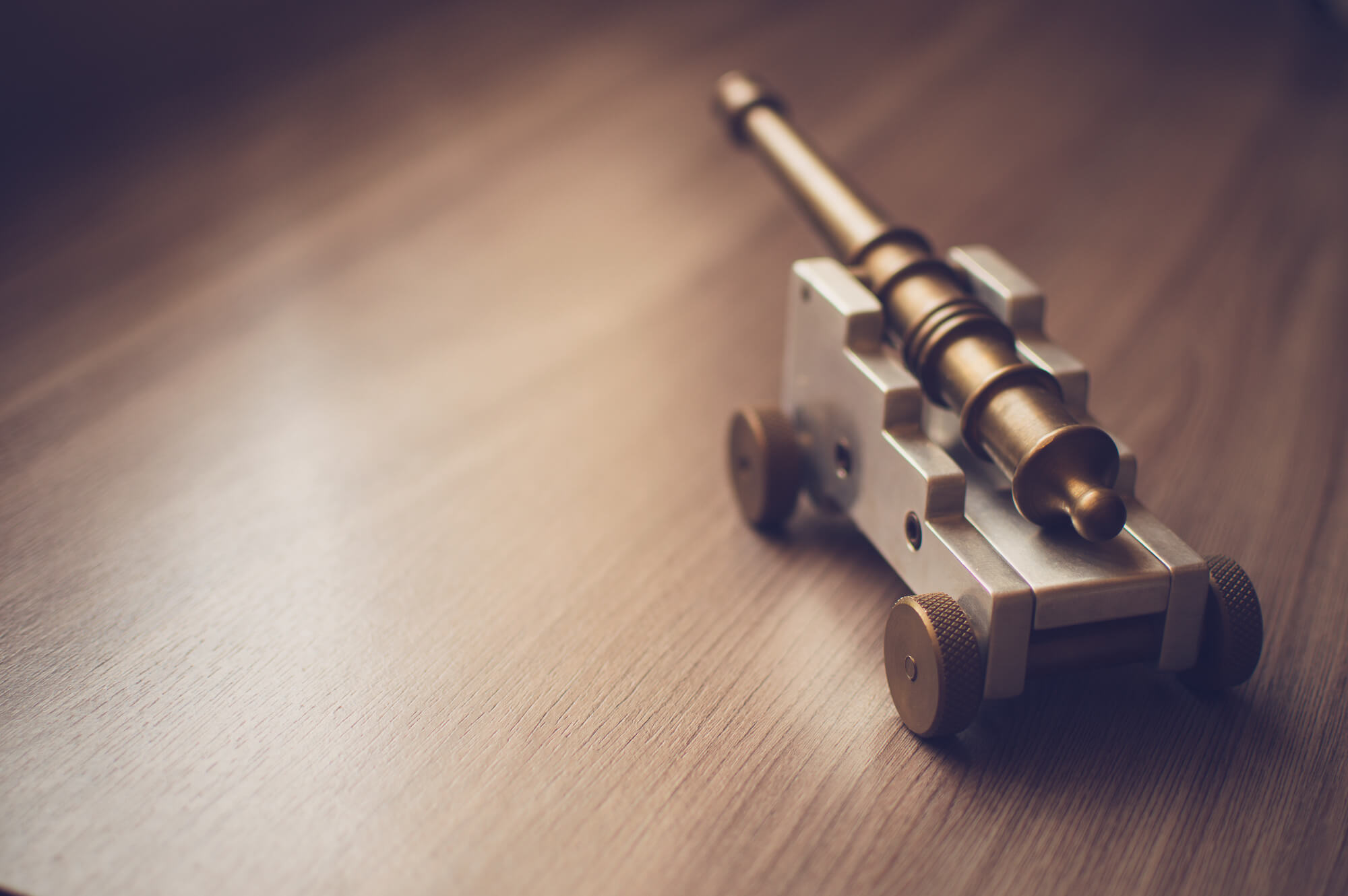Dart Gun Velocity

At a Glance
Discipline
- STEM
- Physics
Instructional Level
- University
Course
- Mechanics
Tasks in Workflow
Social Plane(s)
- Group
- Whole Class
Type of Tasks
- Collecting & seeking information
- Solving problems
- Analyzing
Technical Details
Useful Technologies
- Foam dart gun
Class size
- Small (20-49)
Time
- Single class period (< 90 mins)
Instructional Purpose
- Exploration & inquiry
Overview
In this activity, students will find the muzzle velocity of a foam dart gun and predict its maximum range.
The instructor begins by showing the students the dart gun (which fires harmless foam darts), firing a few darts in demonstration. In small groups, pairs, or individually, students are asked to find the relationship between the muzzle velocity and the time taken by the projectile to return to its original position if fired directly upward.
The instructor gives a mini-lecture on uncertainties and measurements, then asks students to measure a time interval (“3, 2, 1, start… 3, 2, 1, stop”), creating a list of values measured by the students. The instructor can either select several (4-6) students with smartphones/stopwatches to take the measurements or have everyone in the class take the measurements and select some at random. The instructor creates a list of the values, then guides the class through the process of eliminating outliers and finding the average value.
Next, the instructor counts down and fires the dart gun directly into the air, with students measuring the time. The instructor again lists the measured times and guides students through the process of finding the average value.
Students are then asked to calculate the muzzle velocity of the dart gun. Once found, they use this value to calculate its maximum range.
As a class, the predicted range is measured and denoted either using chalk or by having a student stand at the maximum range. The instructor, holding the dart gun near the floor at a 45 degree angle, fires it. Students can then compare their predicted result with the actual result.
Instructional Objectives
Students will be able to:
- Analyze laboratory data: understand and apply methods for data collection, identify outliers, and calculate mean values;
- Emulate the behavior of a scientist, as they conduct experiments.
Workflow & Materials

Activity Workflow
Applied Strategies
Published: 18/09/2018
Copyright: © 2025 Ragan. This is an open-access article distributed under the terms of the Creative Commons Attribution License (CC BY). The use, distribution or reproduction in other forums is permitted, provided the original author(s) and the copyright owner(s) are credited and that the original publication on this website is cited, in accordance with accepted academic practice. No use, distribution or reproduction is permitted which does not comply with these terms.


